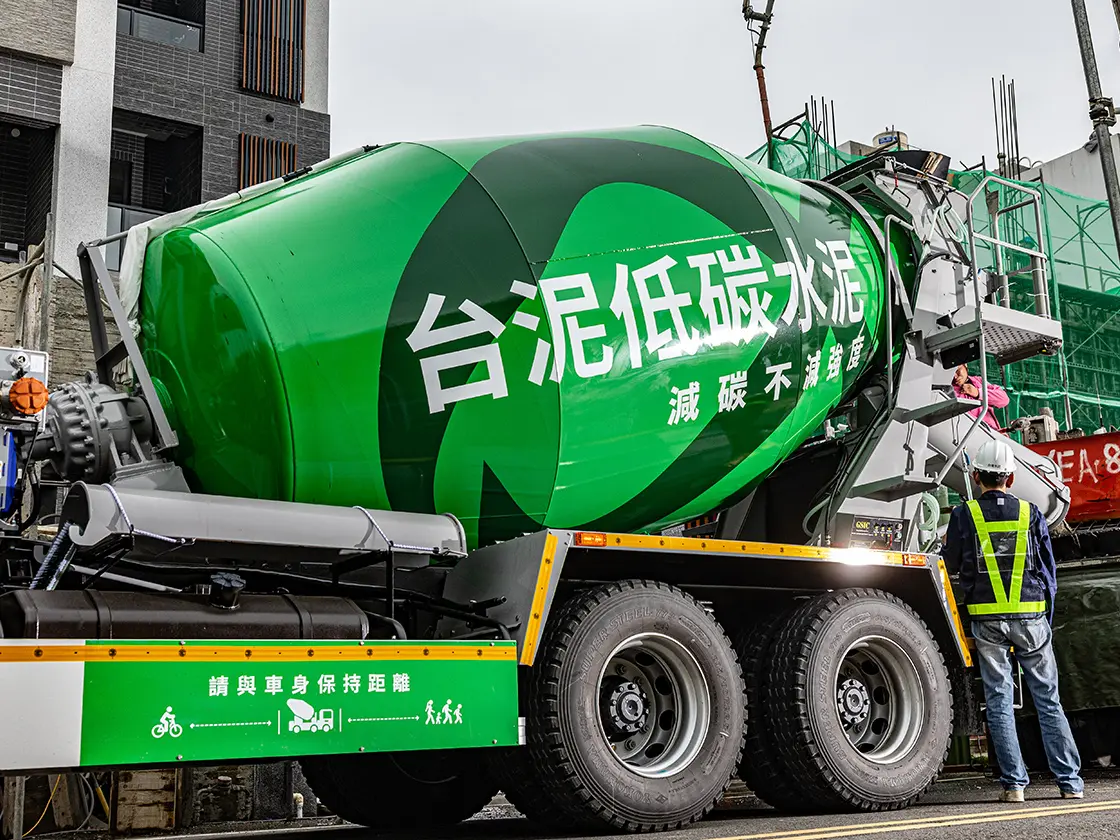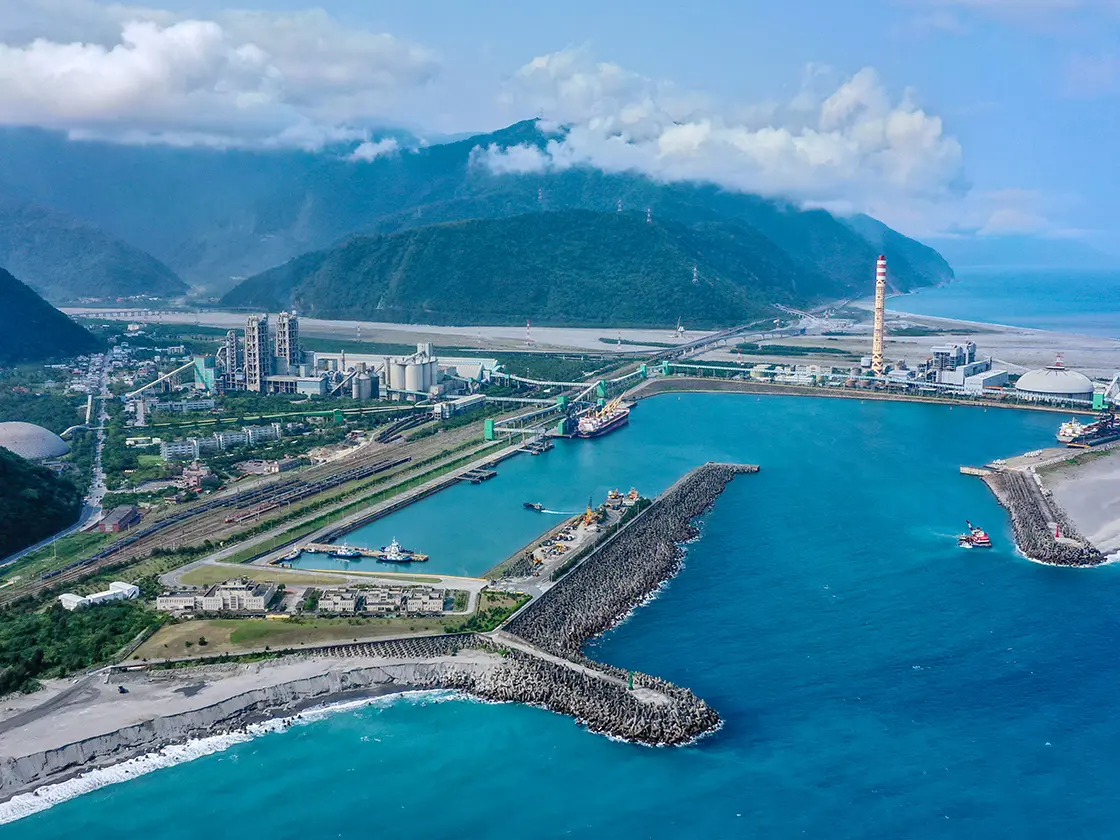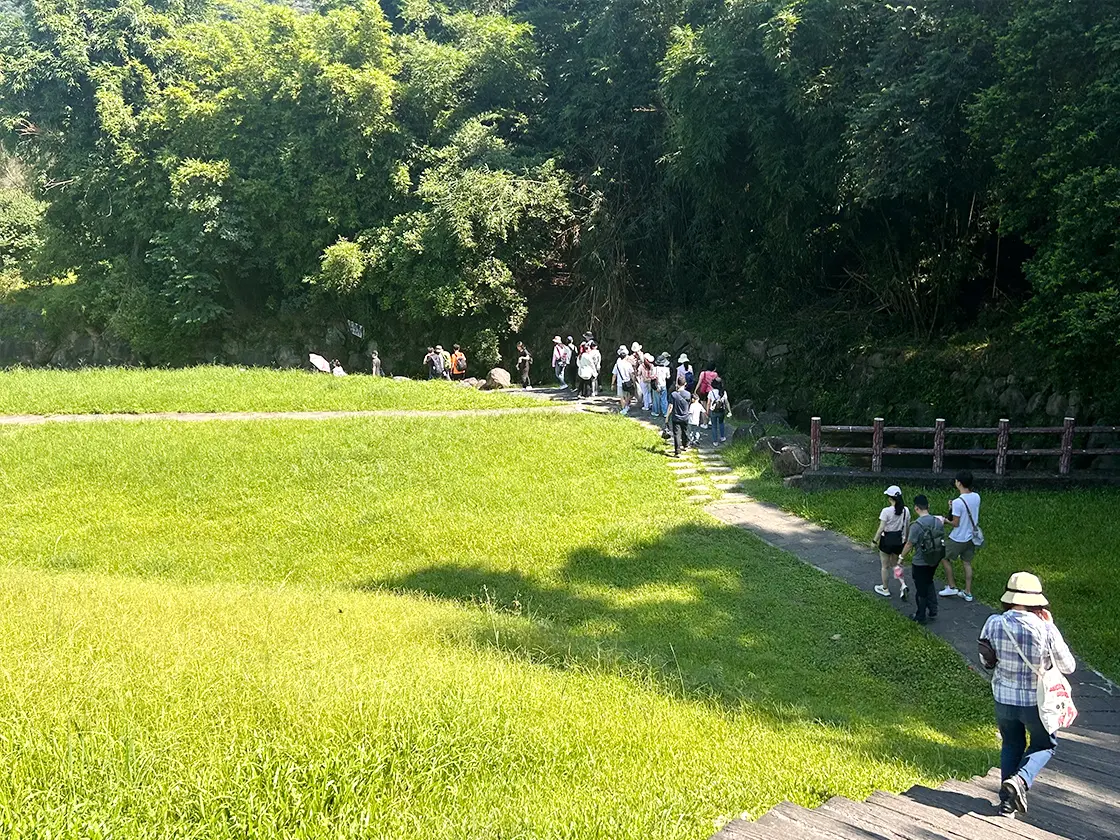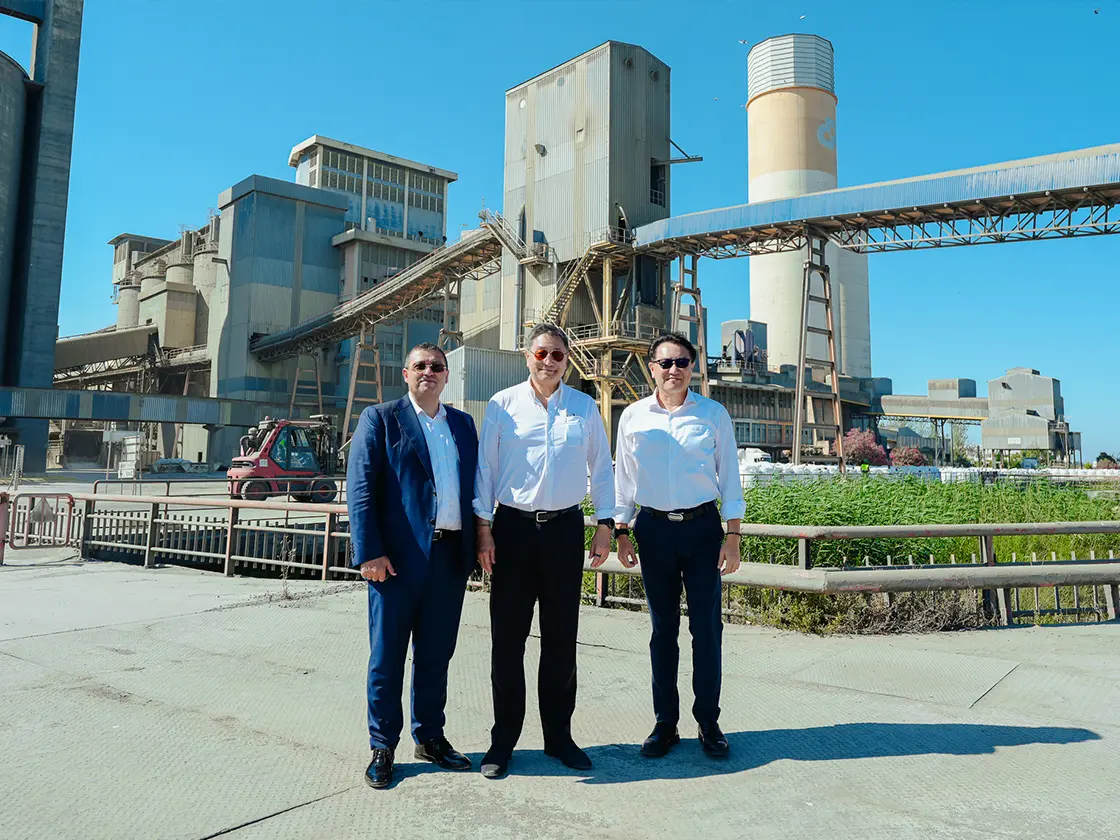Resilience in Mine Rehabilitation: Unfazed by Earthquakes and Typhoons, Biodiversity Index Rises
- Home
- Sustainable E-newsletter
- Resilience in Mine Rehabilitation: Unfazed by Earthquakes and Typhoons, Biodiversity Index Rises
Environmental 2024 Vol.03
Resilience in Mine Rehabilitation: Unfazed by Earthquakes and Typhoons, Biodiversity Index Rises
- #Biodiversity
-
“Mines are the core of the industry.” TCC has been committed to the rehabilitation of the ecosystem in its mining areas for 20 years. According to the latest TNFD Report, the indigenous species index has increased by 1.5 times, and the Shannon-Weiner diversity index has grown from 0.93 to 1.75, an 88% increase. At the same time, TCC has adopted an international methodology specific to the cement industry, setting a target for a net positive impact on nature by 2040. The evaluation process revealed that TCC's Mines in Hualien and Yilan, which are the first to be hit by typhoons, have shown a continuous rise in biodiversity index, indicating that rehabilitation efforts have effectively enhanced the mines' natural resilience.

Natural Issues Key to Sustainable Business Operations
Nature and biodiversity, along with climate change, are two of the world’s most significant risks. The latest Global Risks Report by the World Economic Forum indicates that nature-related risks occupy the top four positions among the most severe risks over the next decade. At the beginning of this year, the World Economic Forum also held a forum on nature-related financial disclosures (TNFD), announcing the inaugural group of organizations committed to implementing TNFD, with one-third being financial and credit rating institutions. This suggests that companies that do not actively assess the importance of nature may lose the trust of investors.
To assist the cement industry in evaluating natural impacts, the Global Cement and Concrete Association (GCCA), formerly the Cement Sustainability Initiative, developed the Methodology for the Net Impact Assessment of Biodiversity in the Cement Sector (NIA). This provides a consistent and scientific method for the cement industry to assess changes in biodiversity in mines and to examine the condition of ecological restoration.
NIA is a method used to measure the natural condition of mines by quantifying the area of different habitats within the mines and considering rare species, important ecological protection zones, and habitat conditions to calculate the biodiversity index.
How did TCC implement NIA in the Hoping Mine? Let the author guide you step by step.

Native Species Rehabilitation in Hoping Mine
Biodiversity Index in TCC's Hoping Mine Increases by 88%
Before introducing NIA, one might ask, what factors could cause changes in the biodiversity index?
TCC's Hoping Mine has long been committed to ecosystem rehabilitation. The mining team widely uses seeds of native species collected from the mine, which are cultivated and replanted in the rehabilitation area. In 2023, the main species planted were large pioneer trees, including Formosan Alder, Cyclobalanopsis glauca, and Fraxinus griffithii, which can adapt to the alpine climate and alkaline soil of the mine. At the same time, the mining team actively removed low-altitude invasive species such as White Popinac to restore native habitats and reduced the coverage of Miscanthus in high-altitude rehabilitation areas to prevent the fast-growing Miscanthus from competing with rehabilitating plants for survival space.

Soil Biodiversity Survey in the Mine
TCC Sets 2040 as the Target for Net Positive Impact on Nature
In addition to tracking indicators in the rehabilitation area, how can we expand the assessment to the entire mine? This is where the aforementioned NIA comes into play, expanding the assessment scope from the rehabilitation area to the entire mining area.
Step 1 | Based on aerial photos, divide the mine into different habitat types such as forest, rocky land, extraction area, rehabilitation area, farmland, and buildings. |
Step 2 | Assess the importance of habitats in the mine from the perspectives of location and species. If a habitat is located in a protected area or contains endangered and rare flora and fauna, its importance is high. |
Step 3 | Evaluate the condition of the habitat in four aspects: naturalness, species diversity, invasive species, and human disturbance. ▍Naturalness|Assess based on the stability, complexity, and diversity of the habitat ▍Species Diversity|Compare and assess biodiversity with the surrounding environment ▍Invasive Species|Assess based on the proportion and number of invasive species in the habitat ▍Human Disturbance|Assess the degree of disturbance to the habitat |

After the opening of the Hoping Mine in 2003, the biodiversity index initially declined due to development for operational needs. However, starting in 2009, as forest conditions improved and rehabilitation areas expanded, biodiversity gradually recovered. Based on more than a decade of recovery results, TCC has evaluated future index changes and predicted the time point for restoration to pre-mining conditions.

Building Resilience to Natural Adversities
In fact, besides human impact, nature can also cause changes in the biodiversity index. Reviewing the annual habitat area in the mine, in 2022, the area of bare land increased by about 4 hectares, possibly due to the loss of slope vegetation caused by five typhoons that brushed past Taiwan that year. However, overall, the biodiversity index in the mine continued to rise. Why did this happen?
The original data from the analysis process shows that the high-density forest in the Hoping Mine increased by over 140 hectares from 2002 to 2022, and the rehabilitation area also continuously expanded, reaching 51.7 hectares. This improvement in the overall habitat condition of the mine has kept the index on an upward trend. By maintaining the integrity of the native ecosystem outside the mine and enhancing the condition of the rehabilitation area after mining, the biodiversity of the mine has increased.
Although the rehabilitation work has achieved initial results, the mining team continues to explore methods for ecological restoration. In the future, they will conduct monitoring in the rehabilitation area, recording different rehabilitation practices and selecting the strategies most suitable for the climate and geographical conditions of the mine, gradually achieving harmonious coexistence between industry and nature.
TCC GROUP HOLDINGS
SUSTAINABLE E-NEWSLETTER.











